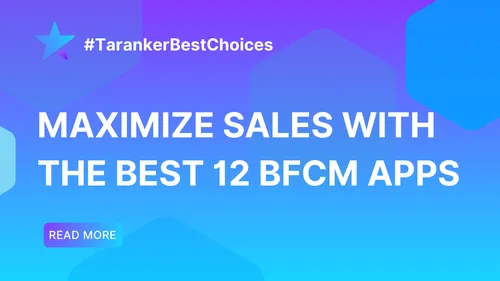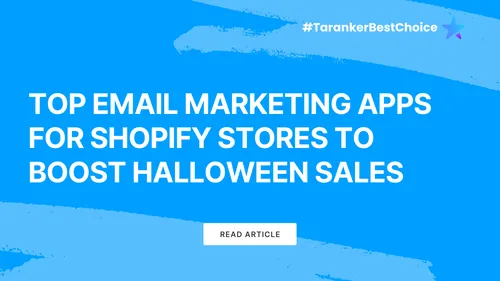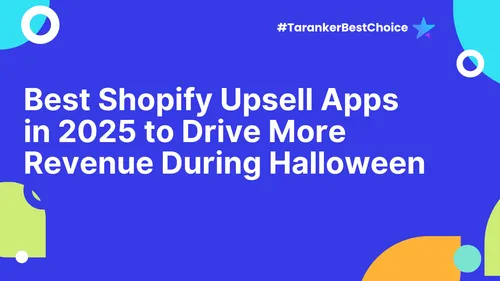In the competitive world of ecommerce, businesses are constantly looking for ways to drive consistent revenue and foster customer loyalty. One proven strategy is the subscription model—a model that is gaining significant traction across industries.
According to McKinsey, the subscription e-commerce market has grown by over 100% in the last five years. With customers increasingly valuing convenience and flexibility, the subscription model offers a way to create steady, predictable income streams and build long-term customer relationships.
For ecommerce businesses, the subscription model provides the opportunity to secure predictable and recurring revenue, which is essential for managing cash flow, scaling operations, and making more accurate forecasts. By offering a subscription-based service, businesses can better meet customer needs while ensuring a consistent income stream, regardless of market conditions.
In this blog, we will explore how you can effectively implement a subscription model for your ecommerce store, the benefits it brings, and actionable tips for creating recurring revenue streams that support sustainable growth.

Ecommerce Subscription Model: What Is It and Why Is It Important?
The ecommerce subscription model involves offering products or services on a recurring basis—usually monthly or quarterly—where customers pay a set fee at regular intervals in exchange for receiving products or services automatically. This model is applicable to a wide variety of industries and has become a core business strategy for many ecommerce brands.
Why It’s Important:
The subscription model is gaining traction because of its predictable revenue stream, increased customer retention, and the ability to create long-term relationships with customers. By committing to regular, recurring payments, customers enjoy the convenience of not having to reorder products themselves, while businesses benefit from consistent cash flow and higher customer lifetime value (CLV).
In today’s competitive ecommerce landscape, recurring revenue models help businesses navigate market uncertainty and create more stable growth. By aligning with changing consumer behavior and delivering ongoing value, the subscription model also provides customers with the benefits of exclusivity, convenience, and personalization. As the demand for personalized and subscription-based services continues to rise, embracing this model can set your brand up for long-term success.
The Benefits of the Ecommerce Subscription Model: Why It Works
The subscription model offers several compelling benefits that make it an attractive choice for ecommerce businesses. From predictable revenue streams to increased customer loyalty, there are a number of advantages that can drive long-term success.
Predictable Recurring Revenue:
One of the most significant advantages of the subscription model is the predictable revenue it generates. By offering recurring billing, businesses can ensure a steady cash flow that helps with forecasting and planning. This regular revenue allows for better inventory management, resource allocation, and business expansion, giving businesses a financial edge in planning growth.
Increased Customer Loyalty:
Subscription services inherently encourage customer loyalty. By signing up for a recurring service, customers make a commitment to your brand over time. This fosters long-term relationships and encourages repeat business. Offering personalized experiences, exclusive products, or tailored services further strengthens this bond, making customers less likely to switch to a competitor.
Customer Retention and Lifetime Value (CLV):
With a subscription model, customers are more likely to return, driving up their lifetime value. By consistently providing value through convenient delivery or exclusive offerings, businesses can increase customer retention rates, reducing the need to constantly acquire new customers. Retained customers tend to spend more over time, making the subscription model an effective strategy for increasing overall revenue.

How to Set Up a Successful Subscription Model for Your Store
Successfully implementing a subscription model requires careful planning and execution. From selecting the right type of subscription to pricing effectively, here’s a step-by-step guide to setting up a profitable subscription service.
Choose the Right Subscription Type:
There are different types of subscription models, each suited to different kinds of products and customer needs. The most common types include:
-
Replenishment Model: Ideal for products customers need to reorder regularly, such as health supplements, personal care products, or groceries.
-
Curated Model: Offers customers a hand-picked selection of products, such as beauty boxes, food boxes, or fashion bundles.
-
Access Model: Provides customers with exclusive access to content, services, or premium features, such as membership clubs or online courses.
Why It Matters:
Choosing the right model ensures that the subscription aligns with your product offerings and customer needs. The right subscription type maximizes customer satisfaction and boosts your ability to retain subscribers over time.
Price Your Subscription Offering:
Pricing plays a critical role in the success of your subscription model. If the price is too high, potential subscribers may hesitate to commit. Conversely, pricing too low might attract customers but won’t generate sufficient revenue to sustain your business in the long term.
The price of your subscription offering should be aligned with the perceived value of the service. Offering multiple pricing tiers—such as monthly, quarterly, or annual plans—gives customers flexibility, while also allowing businesses to secure longer-term subscribers. Offering discounts for annual payments can provide upfront cash flow and reduce churn.
Promoting Your Subscription Service: Creating Compelling Offers and Building Trust
Promoting your subscription model requires strong messaging, strategic offers, and a focus on building trust with your customers. To drive sign-ups and keep customers engaged, here’s how you can effectively market your subscription service.
Create Compelling Subscription Offers:
To entice customers, you need to create attractive offers that showcase the value of subscribing. This could include:
-
First-month discounts for new subscribers.
-
Exclusive bonuses such as free gifts or additional products.
-
Free trials to allow customers to experience the service before committing to a subscription.
A compelling offer lowers the barriers to entry, encouraging hesitant customers to give your subscription service a try. The more attractive and valuable your offer, the more likely potential subscribers will convert.
Use Social Proof and Customer Testimonials:
Social proof, such as positive reviews or testimonials from existing subscribers, is essential for building trust and credibility. If customers see others praising your subscription service, they are more likely to believe in the value of your offering.
Why It Matters:
People trust the experiences of others. Featuring user-generated content and testimonials helps potential subscribers feel more confident in their decision to sign up. This also builds credibility and reduces the perceived risk of committing to a subscription.

Analyzing and Improving Your Subscription Model: Tracking Key Metrics
Once your subscription model is up and running, tracking its performance is essential to ensuring it’s successful and sustainable. By monitoring key metrics, you can identify areas for improvement and optimize the service.
Track Key Metrics:
Some key performance indicators (KPIs) to monitor include:
-
Churn Rate: The percentage of customers who cancel their subscription within a given time frame.
-
Customer Lifetime Value (CLV): How much revenue you earn from a customer over their entire subscription duration.
-
Average Revenue Per User (ARPU): The average revenue your business earns per subscriber.
By tracking these metrics, you can get a better understanding of how your subscription service is performing and identify opportunities for optimization. For instance, a high churn rate may signal dissatisfaction with the service, allowing you to take corrective actions like improving product offerings or enhancing customer service.
Conclusion:
The ecommerce subscription model provides a powerful way to generate recurring revenue and build customer loyalty. By carefully choosing the right subscription type, pricing effectively, offering compelling promotions, and tracking key performance indicators, businesses can successfully implement this model for long-term growth.
As with any business strategy, it's important to continuously evaluate and improve your subscription model based on feedback and performance. With the right approach, a subscription service can not only provide a steady stream of income but also deepen your relationship with customers, creating a foundation for ongoing success.













